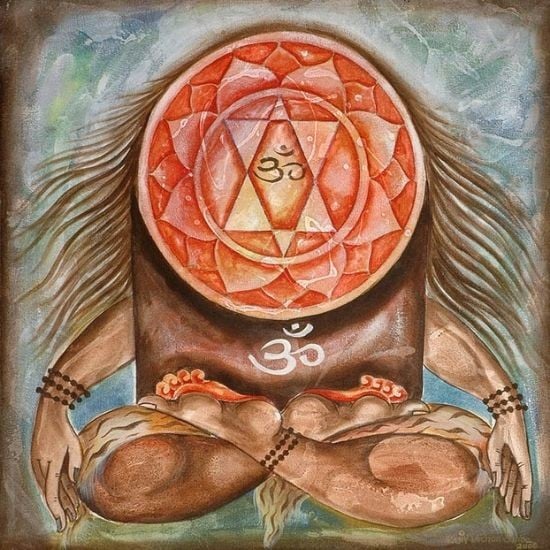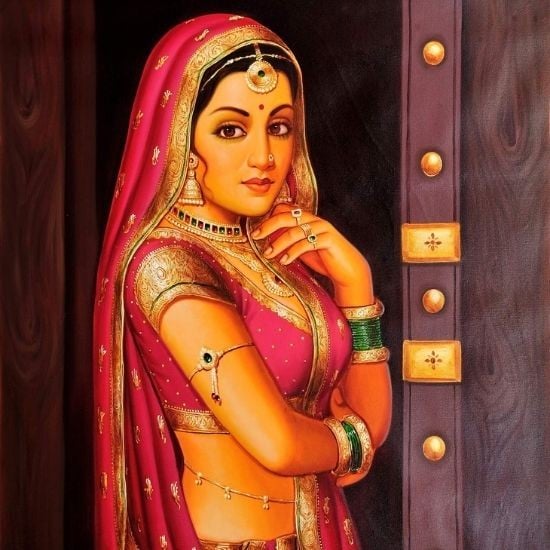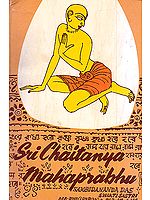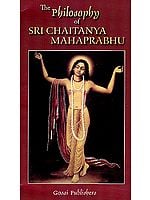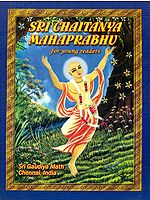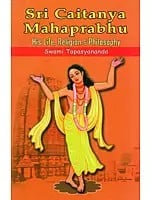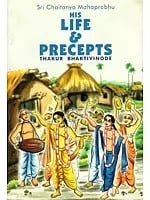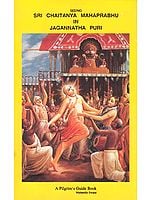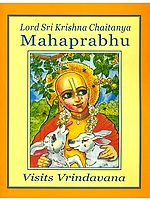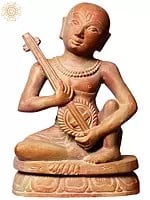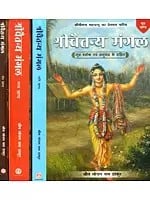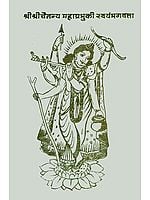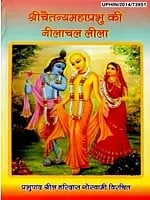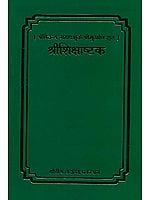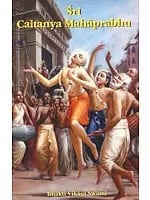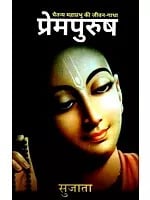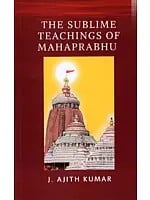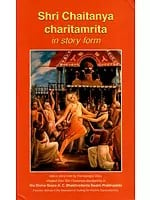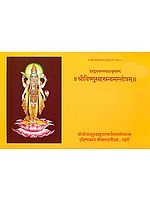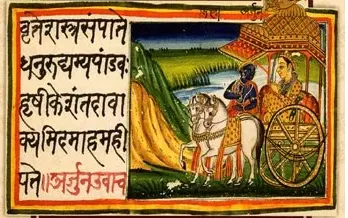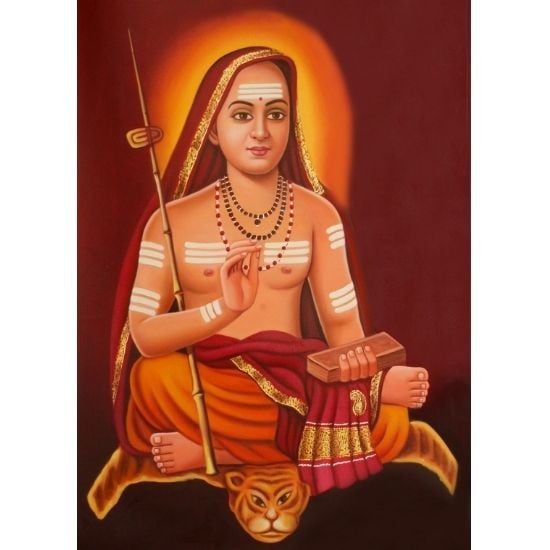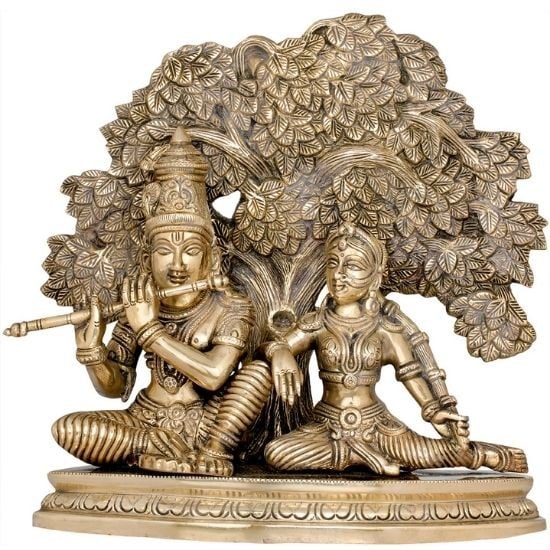Summary
Chaitanya Mahaprabhu, born in Mayapur, Bengal, was a 16th-century saint and the founder of Gaudiya Vaishnavism. Renowned for spreading the Bhakti movement, he promoted congregational chanting of the Hare Krishna Mahamantra to cultivate love for God. His teachings, emphasizing Achintya Bhed Abhed the simultaneous oneness and difference between the soul and the Supreme Lord shaped devotional practice in India. Through his travels, disciples, and Sankirtana movement, Chaitanya Mahaprabhu established a lasting spiritual legacy that continues worldwide.
Chaitanya Mahaprabhu biography: Life, teachings & bhakti legacy
हरे कृष्ण हरे कृष्ण
कृष्ण कृष्ण हरे हरे
हरे राम हरे राम
राम राम हरे हरे
We all know about the Bhakti movement which brought a huge wave of God-consciousness in ancient India 500 years ago. That movement was highly contributed by Chaitanya Mahaprabhu who was born in Bengal in Mayapur in the town of Nadia. Generally, people consider Him a saint in the Bhakti cult who preached Bhakti Yoga all over India, but hardly anyone knows about His hidden identity which was only revealed to His close associates.
Today, millions follow his teachings, which emphasize love, devotion, and the principle of Achintya Bhed Abhed, the oneness and difference between the soul and the Supreme Lord.
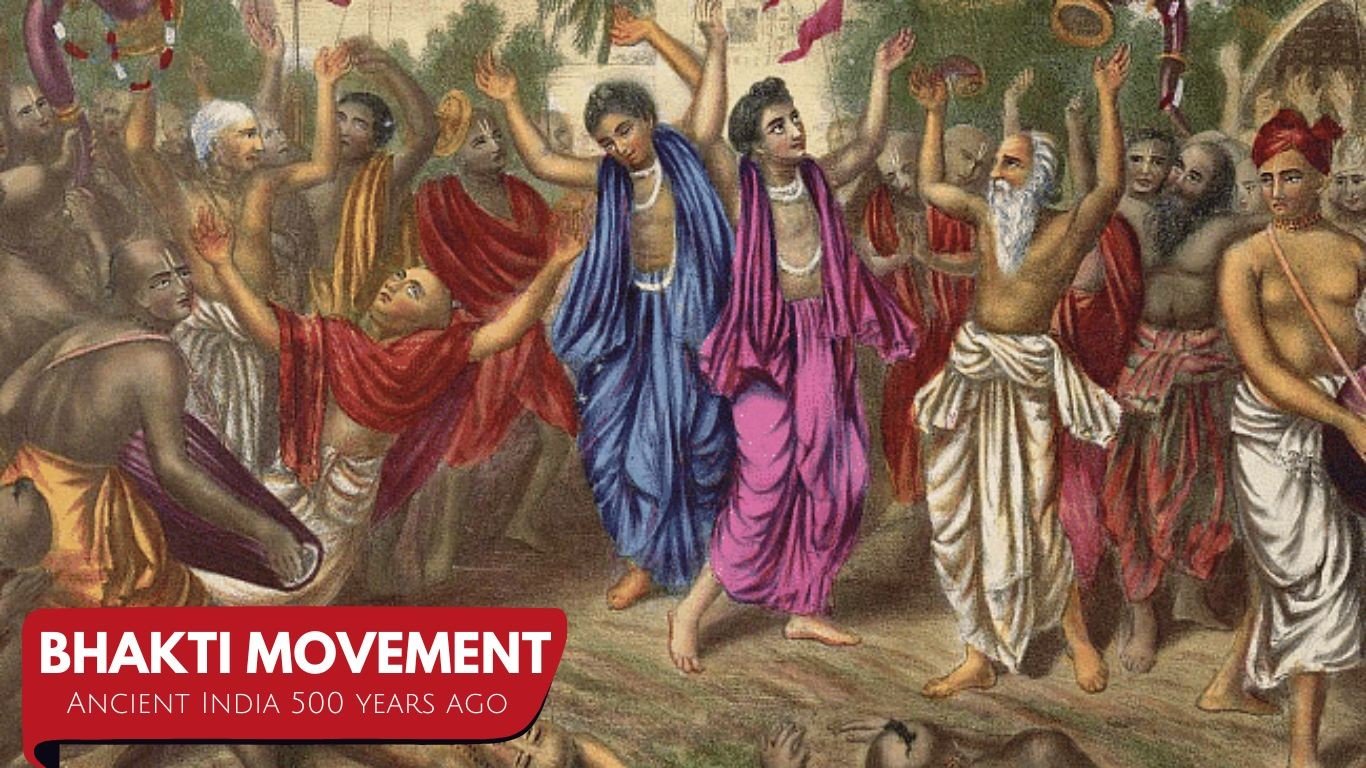
Early life and childhood of Chaitanya Mahaprabhu
Birth and family background
Chaitanya Mahaprabhu, also called Nimai or Gauranga due to his golden complexion, was born in Mayapur, Nadia, Bengal, in 1486 CE. His father, Jagannath Mishra, was a devout Brahmin scholar, and his mother, Sachi Devi, gave birth under a neem tree, a symbolic event in local lore, everyone started calling Him “Nimai”.
The childhood of Chaitanya was full of interesting incidents that the villagers of Nadia enjoyed to their heart’s content. According to the Garuda Purana, his arrival marked a divine incarnation of Lord Krishna in the age of Kaliyuga, destined to spread Bhakti Yoga across India.
It was a moon eclipse at this time and the people of Nadia were engaged in bathing in the Bhagirathi (Ganga) and chanted the Hare Krishna Mahamantra, celebrating the holy birth. Even as an infant, Chaitanya displayed divine qualities, his cries were reportedly pacified by the chanting of holy names, highlighting his early connection to congregational devotion (Sankirtana).
Childhood miracles and early signs of divinity
From a young age, Nimai was known for his intelligence, charm, and scholarly abilities. Local renowned astrologers, like Pandita Nilambara Chakravarti predicted that Nimai would be known all over the world in some time. Chaitanya was a beautiful boy with a golden complexion that enchanted everyone. It was as if He was not from this earth.
It is said that every time He cried in His mother’s lap, the village ladies would loudly chant “Haribol Haribol” and soon He would stop weeping. Thus, there was the continuation of holy chants in Nadia from the day Nimai was born.
Chaitanya excelled in Sanskrit grammar, Smriti, and Nyaya (Indian logic), often defeating older scholars in debates, earning the title “Nimai Pandit.” His early life reflects the foundations of Gaudiya Vaishnavism, emphasizing devotion through knowledge and personal charisma.
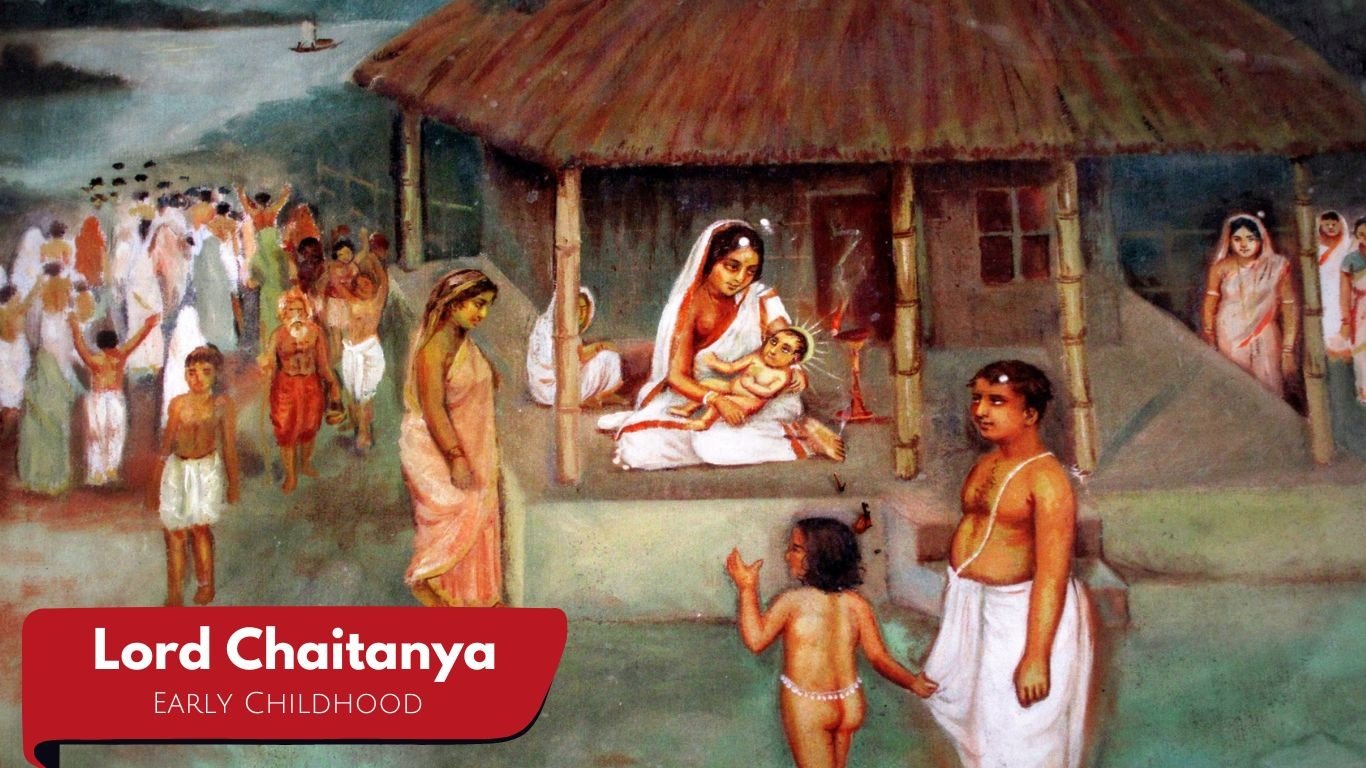
Chaitanya’s marriage, Initiation and accepting the Sannyasa
Chaitanya Mahaprabhu acted miraculously throughout His childhood and was a scholar of Sanskrit grammar, the ‘Smriti’, and the ‘Nyaya’. He used to hold competitions with His friends and would always win. When He was 10, His elder brother ‘Vishvaroop’ took Sannyasa and left the house. Chaitanya, being a sweet child to His mother, pacified her.
First marriage to Lakshmidevi
Soon after this, Jagannath Mishra, Chaitanya’s father, left his body and Sachi Devi became a widow. At the age of 14, Chaitanya Mahaprabhu got married to Lakshmidevi, the daughter of Vallabhacharya. All the scholarly Pandits were afraid of engaging with Him in literary discussions and debates. After entering into the Grihasta Ashrama (Household order), He traveled to East Bengal to earn some money for livelihood and started His preaching activities from there onwards.
He taught the principles of Vaishnavism to many Bengalis. While He was in East Bengal, Laskhmidevi left her body due to a snake bite. This event marked a turning point, inspiring Chaitanya to further focus on spiritual teachings and compassionate guidance, reflecting the Bhakti movement’s emphasis on devotion over ritual.
Second marriage to Vishnupriya
When He returned to His house, He found His mother in a mourning state. To pacify her, He explained to her the nature of this material world and about its uncertainty. After a while, Sachi Devi requested Nimai to marry Vishnupriya, the daughter of Pandita Sanatana Mishra.
This marriage allowed him to continue his household responsibilities while deepening his spiritual practice. Once, a great Pandita of Kashmir, ‘Keshav Mishra” came to Nadia to challenge Chaitanya. They met in Mayapur and after only a very short discussion, Chaitanya defeated him and he left the place in great shame.
Initiation from Ishvara Puri and spiritual transformation
At the age of 16, Chaitanya Mahaprabhu went to Gaya and took initiation from Ishvara Puri. Ishvara Puri was a Vaishnav Sannyasi and a disciple of Madhavendra Puri. After returning to Nadia, Chaitanya Mahaprabhu shot up His missionary activities. Everyone started to notice the change in His behavior. He showed ecstatic symptoms upon hearing and chanting the names of Lord Krishna:'

“Hare Krishna Hare Krishna
Krishna Krishna Hare Hare
Hare Ram Hare Ram
Ram Ram Hare Hare”
Thereafter, He started a nocturnal school of Kirtan in the house of Shrivasa Pandit, a Vaishnava follower. Along with His associates, Nityananda Prabhu, Shri Advait, and Gadadhar Pandit, He would sing, dance, and express His devotion towards Lord Krishna. Nadia now became the center of Vaishnava philosophy and people from all over the world came there to study the principles of Vaishnavism.
Chaitanya Mahaprabhu instructed Nityananda Prabhu and Haridasa Thakura to go to every street in the town and ask everyone to chant the holy name of Krishna. Although many people started chanting, soon after, people started calling Chaitanya Mahaprabhu a mere “sentimentalist” on account of singing and dancing to the holy names.
He realized that this was a great hindrance in His preaching and thus decided to take Sannyasa and travel to different parts of India to complete His mission. He was 24 then. Shaving His head, wearing saffron robes, and holding the Tridanda in His hand, He left His house. Mother Sachidevi and wife Vishnupriya wept heavily in His separation.
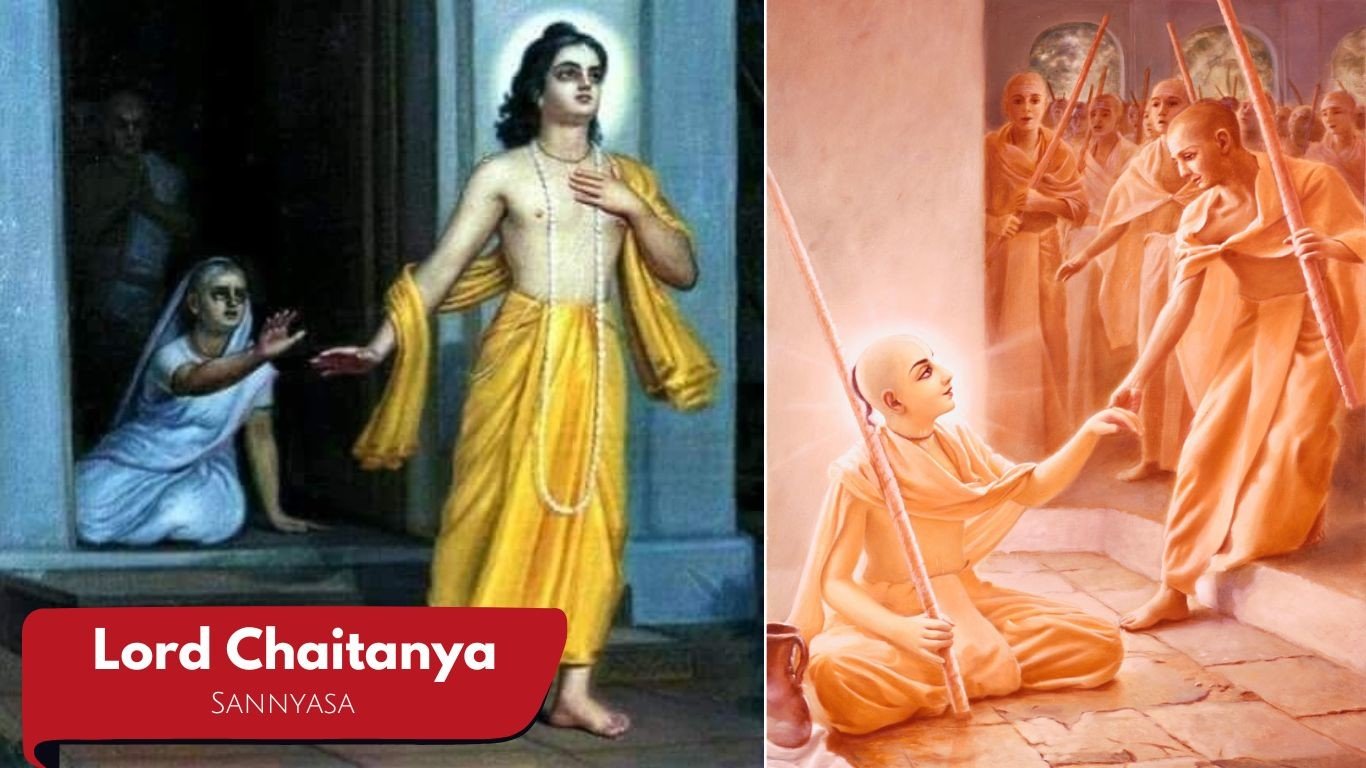
Journey across India and establishing devotional centers
After taking Sannyasa, Chaitanya Mahaprabhu traveled to Jagannath Puri, the eternal residence of Lord Jagannath who is non-different from Lord Krishna Himself. There, He exhibited His inconceivable pastimes during the Rath Yatra festival. The whole of Odisha sang the praises of Lord Chaitanya and came to Him and became His followers.
In the meantime, He went to South India where He visited many places and spread the love of Lord Krishna in the form of His holy names. It is said that even animals participated in the Sankirtana. Then He returned to Puri. After a short stay there, He left for Vrindavan and came down to Prayag (Allahabad) where He converted many Muslims to Vaishnavism by presenting arguments and logic from the Koran itself.
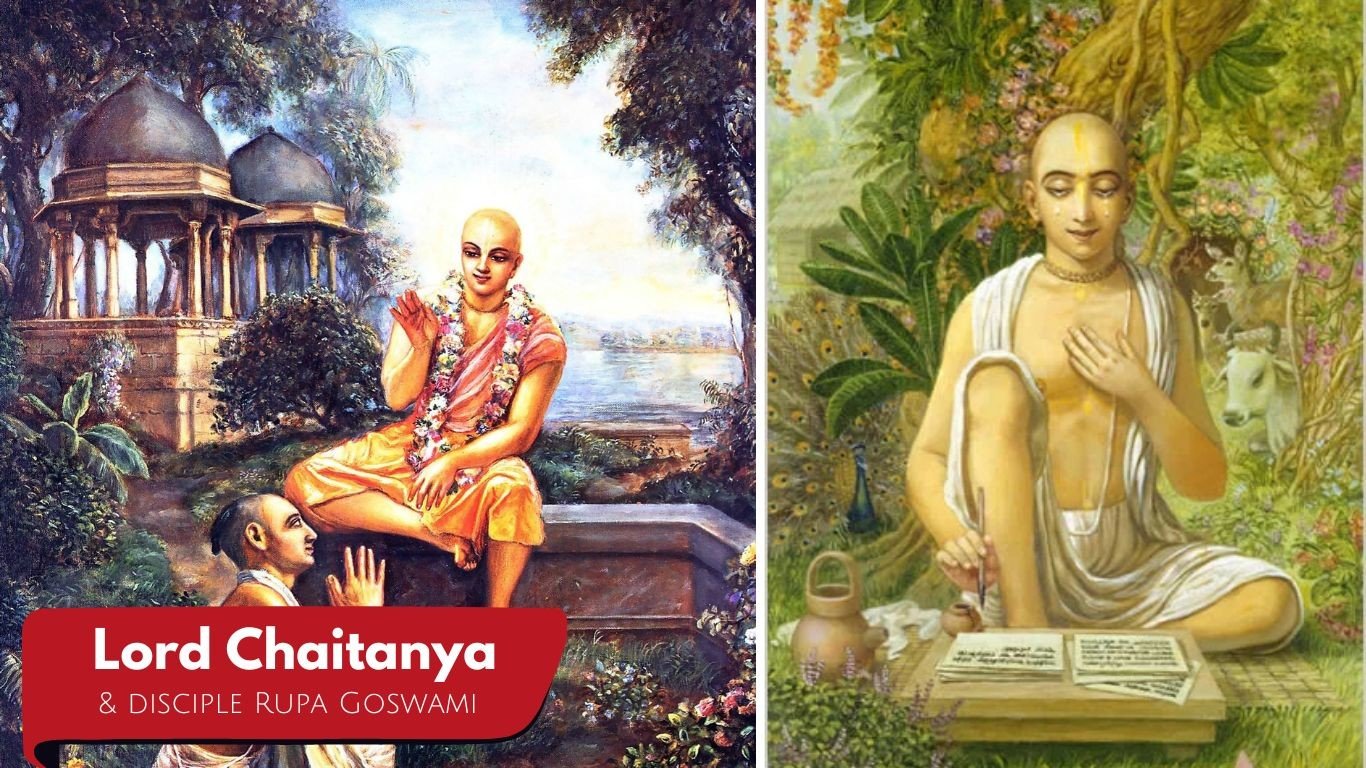
Interaction with prominent disciples
During his travels, Chaitanya Mahaprabhu mentored several key disciples. There He met His most celebrated disciple “Rupa Goswami”. Chaitanya Mahaprabhu trained him in Gaudiya Vaishnavism in ten days and instructed him to go to Vrindavan to revive the pastime places of Shri Krishna. Sanatan Goswami, another stalwart Vaishnava, also joined Lord Chaitanya after which the Lord came down to Banaras.
There, He refuted the impersonal philosophy of Shankaracharya and established the theology of personalism and devotion to God. Then He sent Sanatan Goswami to Vrindavan and returned to Puri again at the age of 31. From then onwards, Chaitanya Mahaprabhu lived in Puri for 18 years until His disappearance at the age of 48. His followers were the purest of mankind, Sannyasis and lovers of God.
Philosophy and Teachings of Lord Chaitanya
Achintya Bhed Abhed: The core doctrine
Lord Chaitanya started the Sankirtana movement all over India and defied some of the philosophies and theologies which did not align with Bhakti. His main focus was to cultivate love for God in the hearts of people. Defying the Mayavadi philosophy that God and the soul (Jiva) are one and that after liberation, the Jiva merges with the Super Soul (Paramatma).
Lord Chaitanya propounded the “Achintya Bhed Abhed” philosophy. He taught that the individual soul and the Super Soul are one but only qualitatively. To understand the Paramatma is beyond the capacity of the Jiva. After liberation, the two do not merge but maintain their individualities.
Role of bhakti and devotional practices in Kaliyuga
In Kaliyuga, the only means of getting out of the clutches of Maya and overcoming the four-fold miseries (birth, death, old age, and disease) is constantly chanting the holy names of Krishna. Chaitanya Mahaprabhu taught that the most accessible and effective way to attain spiritual liberation is through devotional chanting (Nama-Sankirtana) of the Hare Krishna Mahamantra.
The goal of Vedanta study is to develop love for God. If a person does not cultivate devotional feelings and engages in the service of Shri Shri Radha Krishna, all his scholarly knowledge goes in vain. The Supreme Lord is personal. Impersonal realization is half knowledge.
He emphasized that intellectual study alone is insufficient; true knowledge is realized through love for Krishna and devotional service. This approach democratized spirituality, allowing all individuals regardless of caste, gender, or background to participate in Bhakti Yoga.
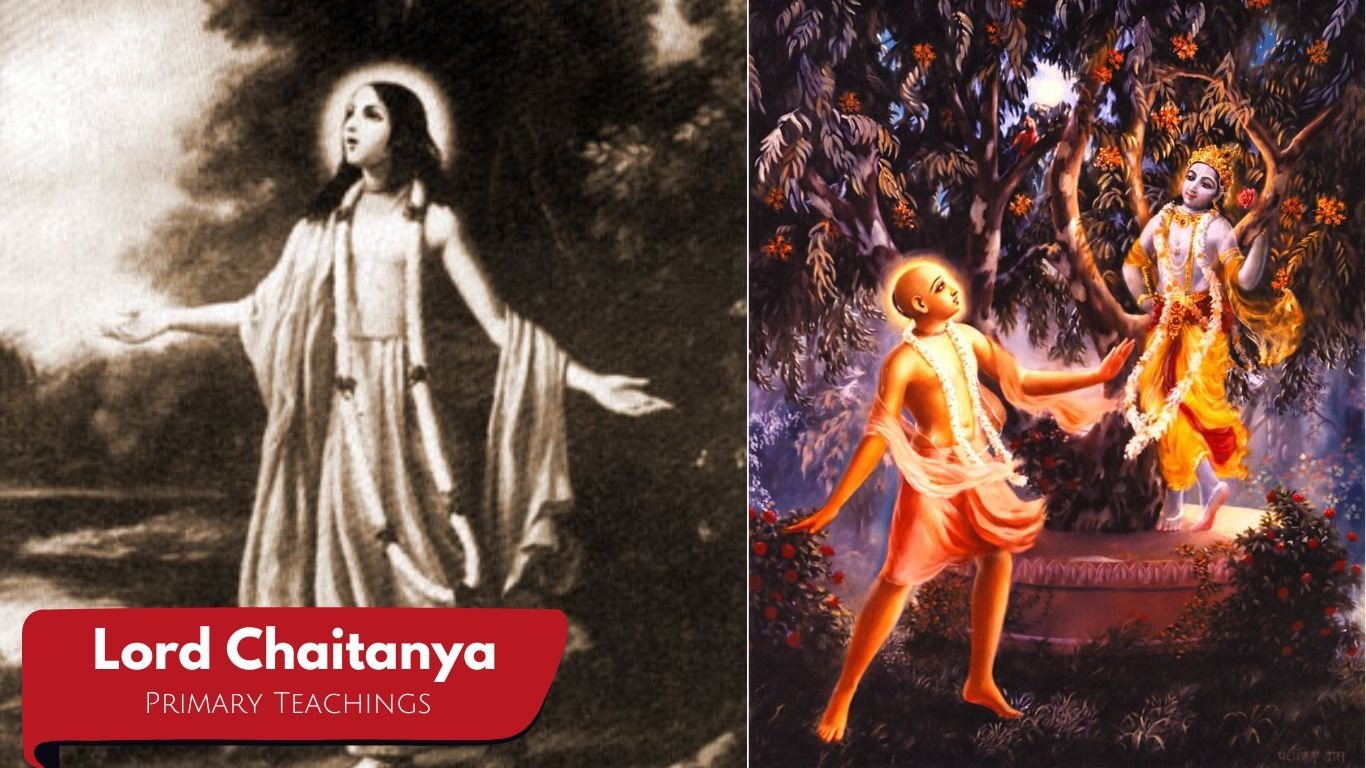
Scriptural evidence of his divine identity
It is believed that Chaitanya was not ordinary but there was something which even His family could not understand. Our Vedic scriptures give all the clues and evidence about the incarnations of the Supreme Lord Vishnu or Krishna – elaborately telling about the form, quality, and purpose of His advent. Similarly, revelations about Chaitanya Mahaprabhu have also been mentioned in various Puranas, Itihasas, and Upanishads.
1. Srimad Bhagavatam References
Chaitanya Mahaprabhu’s divine identity is supported by the Srimad Bhagavatam (11.5.32), which states:
krishna-varnam tvishakrishnam
sangopangastra-parshadam
yajnaih sankirtana-prayair
yajanti hi sumedhasah
“In the age of Kali, intelligent persons perform congregational chanting to worship the incarnation of Godhead who constantly sings the holy name of Krishna. Although His complexion is not blackish, He is Krishna Himself. He is accompanied by His associates, servants, weapons and confidential companions.”
2. Garuda Purana Predictions
The Garuda Purana foretold:
aham purno bhavisyami yuga-sandhyau visesatah
mayapure navadvipe bhavisyami saci-sutah
“In the first part of Kali-yuga, I will appear in my complete spiritual form in Mayapura, Navadvipa and become the son of Shachi.”
3. Vishnu Sahasranama Descriptions
The Vishnu Sahasranama Stotram describes his radiant form:
suvarna-varno hemango varangas candanangadi
“He has a golden complexion similar to molten gold. He is exquisitely beautiful with His body smeared with sandalwood paste.”
Global influence and modern devotional practice
Today, Chaitanya Mahaprabhu’s philosophy resonates worldwide through the International Society for Krishna Consciousness (ISKCON) and local devotional communities. His emphasis on chanting, service, and love for Krishna continues to guide spiritual aspirants, promote ethical living, and preserve the traditions of Bhakti Yoga in the modern era.
Key Takeaways
🔸Founder of Gaudiya Vaishnavism: Chaitanya Mahaprabhu established a devotional movement centered on love for Krishna and congregational chanting (Sankirtana).
🔸Divine Identity: Scriptures like Srimad Bhagavatam and Garuda Purana describe him as an incarnation of Lord Krishna (Gauranga).
🔸Bhakti Movement Leader: Spread the practice of chanting the Hare Krishna Mahamantra across India to overcome material miseries.
🔸Philosophy: Introduced Achintya Bhed Abhed, teaching the soul is simultaneously one with yet distinct from the Supreme Lord.
🔸Missionary Travels: Traveled widely from Bengal to South India training disciples like Rupa Goswami and Sanatan Goswami to propagate devotion.
🔸Practical Spiritual Guidance: Emphasized that true knowledge is realized through devotion, not mere scholarly study of scriptures.
🔸Enduring Legacy: His teachings continue globally, inspiring the modern Hare Krishna movement and devotional communities.
FAQs
Q1: Who was Chaitanya Mahaprabhu?
Chaitanya Mahaprabhu (1486–1534) was a saint and founder of Gaudiya Vaishnavism, known for spreading devotion through the Hare Krishna Mahamantra.
Q2: What is Gaudiya Vaishnavism?
Gaudiya Vaishnavism is a devotional tradition emphasizing love for Krishna, congregational chanting (Sankirtana), and the philosophy of Achintya Bhed Abhed.
Q3: What is Achintya Bhed Abhed philosophy?
It teaches that the individual soul and the Supreme Lord are simultaneously one and different, allowing personal devotion without merging identities.
Q4: What are the main teachings of Chaitanya Mahaprabhu?
His teachings emphasize love for God, chanting the holy names of Krishna, devotional service, and the supremacy of personal over impersonal realization.
Q5: How did Chaitanya Mahaprabhu spread devotion in India?
He traveled across India, conducted Sankirtana gatherings, trained disciples like Rupa Goswami, and established devotional centers in key towns.
Q6: What is the significance of the Hare Krishna Mahamantra?
The Mahamantra purifies the mind, cultivates love for Krishna, and is considered the most effective spiritual practice in Kaliyuga.
Q7: Where can I learn more about Chaitanya Mahaprabhu’s life and teachings?
Visit authentic scripture sources like Srimad Bhagavatam, Garuda Purana, and Vishnu Sahasranama, or study with Gaudiya Vaishnava communities worldwide.
The Gaudiya Vaishnava followers firmly remember the lotus feet of Chaitanya Mahaprabhu whom they also call ‘Gauranga’ (due to His golden complexion) and pray at His Lotus feet to give them the pure love of Lord Krishna. It is believed that without His mercy, no one can enter Goloka Vrindavan, the eternal abode of Krishna. The chants of Hare Krishna Mahamantra continue to purify the world even after the departure of Mahaprabhu for it is not a mere material sound vibration but the love of Krishna flowing in the form of sound in this material world.
Hare Krishna Hare Krishna Krishna Krishna Hare Hare
Hare Rama Hare Rama Rama Rama Hare Hare
"हरे कृष्णा हरे कृष्णा हरे राम राम राम हरे हरे"


